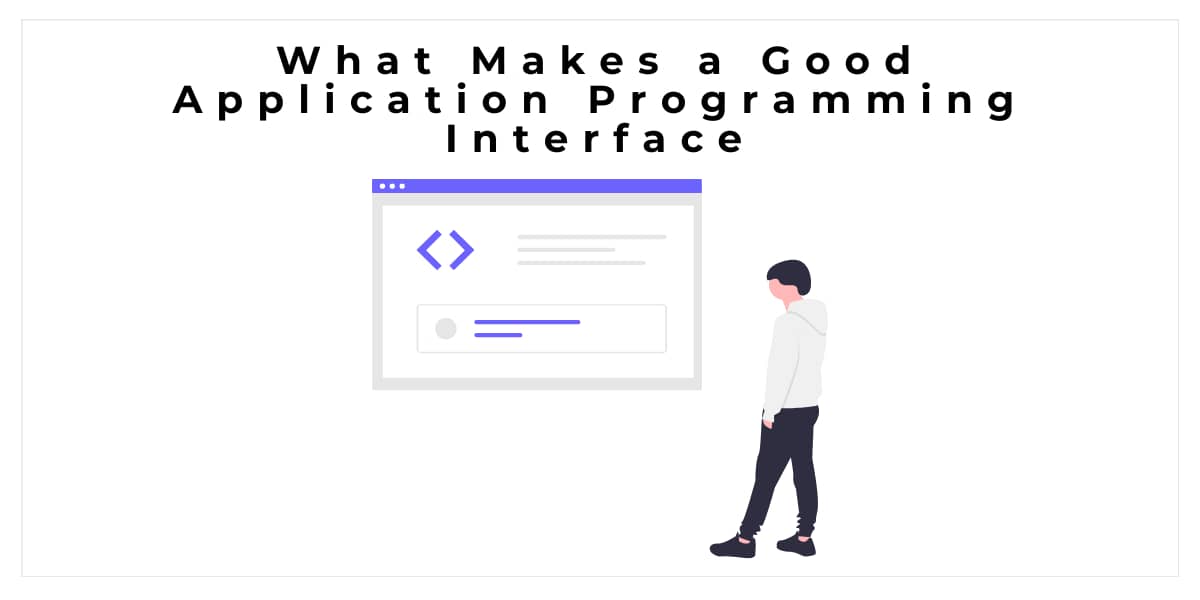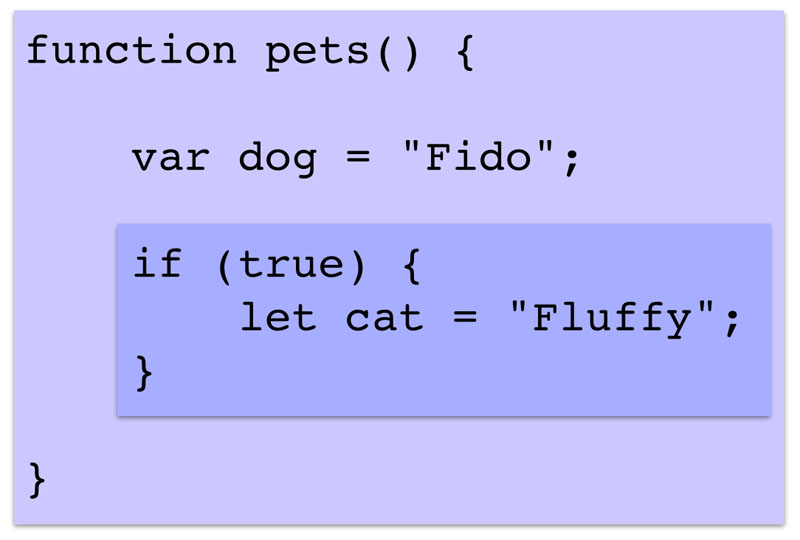Have you ever considered using Generative AI? There are a lot of ethical questions around its many uses, but the good news is that there are a lot of ways Gen AI can help out without crossing boundaries. But to decide for yourself, maybe you should learn more about it. Take a look at our guide to generative AI to figure out if you want to use it in the future.
What is the difference between AI and Generative AI?
Summing up, AI is considered a computer system that is designed to perform tasks that might otherwise require human intelligence. Characteristics include the ability to learn, differentiating it from simple software code, and reasoning and problem-solving.
Generative AI, on the other hand, is the next step. It will take the data that AI collects, an objective, usually via text prompts, and create something. It is trained on vast datasets, allowing it to learn the patterns and relationships in data to generate new versions of the examples. The models don't copy or remix existing works but rather generate original outputs based on learned patterns.
However, this is all possible through various means, such as LLMs and neural networks.
How does it work?
Generative models use neural networks, which are inspired by the human brain, to process data and generate new content. Different architectures like generative adversarial networks and transformers are used. Neural networks consist of layers of interconnected nodes called neurons, inspired by biological neurons in the brain. Each neuron receives inputs, performs a calculation on them, and passes the result to connected neurons.
They power many AI applications today including computer vision, speech recognition, machine translation, predictive modeling, and natural language processing, like LLMs.
LLMs Gen AI are Large Language Models, used to generate text that is coherent, grammatically correct, and semantically meaningful because of their training objective to predict the next word in a sequence. They are "large" in terms of the amount of text data they are trained on - often billions of words from the internet and books and are foundational for breakthroughs in generative AI by learning meaningful representations of language data at scale.
How can you use generative AI?
There are a variety of ways that you can use generative AI that don’t infringe on plagiarism or copyright issues. For example, text-based uses include generating natural language text for content writing, reports, stories, code, essays, social media, and more. If you are not being assessed on it or selling it, you’re likely to be fine using generative AI to simply put a concept into words.
Text prompts can create original image ideas, which is useful for digital art, media design, advertising, gaming, and more. It’s a good idea if you need to make a dull point eye-catching, such as adding images to a report. Going even further, you can create videos from generative AI that might better express your points. You can add realistic human speech and music created from text prompts and even build conversational agents that can engage in natural and productive discussions with humans. Additionally, all of it can be created personalized and tailored to an individual user's interests and demographics, which is useful for education, marketing, and entertainment.












